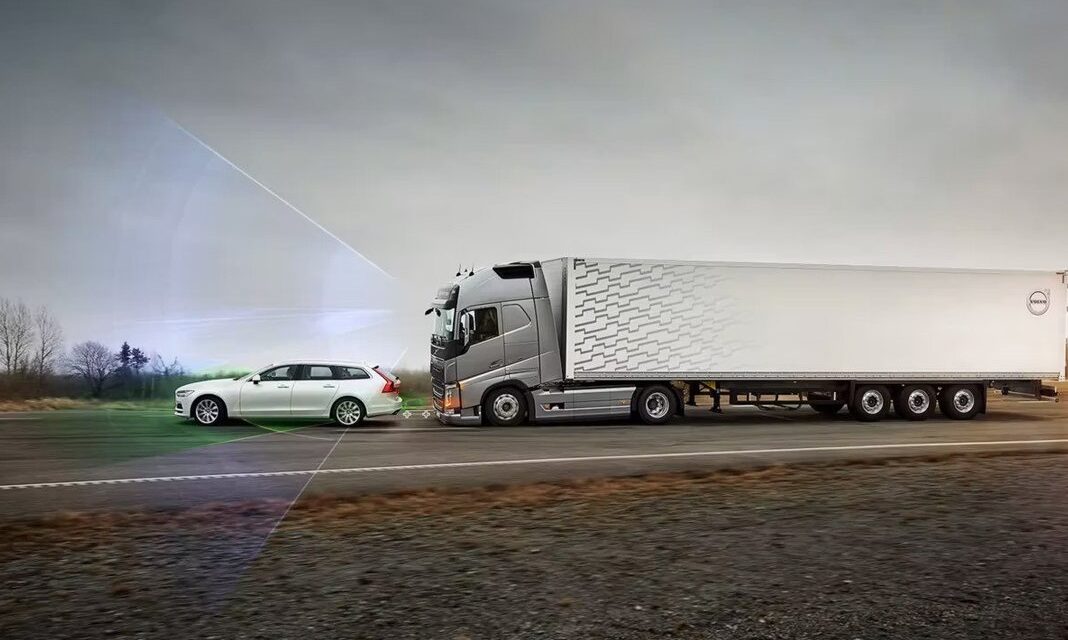House of Dispatch news
Blog
Emergency Brake Assist – A System That Saves Lives

In today’s fast-paced world, road safety remains a top concern for both drivers and automakers. One remarkable technological advancement that has significantly contributed to reducing accidents and saving lives is the Emergency Brake Assist (EBA) system. This system acts as a guardian angel on the road, stepping in to prevent collisions when human reflexes fall short. In this article, we delve into the essence of Emergency Brake Assist, exploring its benefits and functionality.
Understanding Emergency Brake Assist (EBA)
The Emergency Brake Assist system, often referred to as EBA, is a cutting-edge safety feature integrated into modern vehicles. It is designed to enhance a driver’s braking efforts during critical moments when rapid and forceful braking is required. EBA works in conjunction with the driver’s braking action, providing additional brake force to mitigate or prevent collisions. This technology is especially valuable in situations where a driver might not apply sufficient force to the brakes due to panic or other reasons.

How Does EBA Work?
When the vehicle’s sensors detect a potential collision, the Emergency Brake Assist system springs into action. It gauges the speed at which the driver is pressing the brake pedal and assesses the urgency of the situation based on factors such as the distance to the obstacle and the vehicle’s speed. If the system determines that the driver’s braking action is not strong enough to avoid a collision, it instantly increases brake force to achieve the necessary deceleration. This rapid intervention can make all the difference in preventing an accident or reducing its severity.
Key Benefits of EBA
- Collision Avoidance: The primary benefit of EBA is its ability to help drivers avoid collisions altogether. By providing additional brake force precisely when needed, it significantly enhances the vehicle’s braking capabilities.
- Reduced Impact: Even in scenarios where a collision is inevitable, EBA can drastically reduce the impact’s severity. By initiating enhanced braking, it can minimize the speed at which the collision occurs, potentially saving lives and reducing property damage.
- Adaptive Assistance: EBA adapts to the specific driving situation. It doesn’t engage unnecessarily during normal braking, ensuring a smooth driving experience.
- Increased Safety Margin: This system provides an increased safety margin, compensating for human error or delayed reactions, especially in chaotic or unexpected traffic situations.
The Future of Road Safety
The Emergency Brake Assist system stands as a testament to the ongoing efforts to make driving safer for everyone on the road. As technology continues to evolve, we can expect even more sophisticated safety features that work seamlessly to protect drivers, passengers, and pedestrians.
In conclusion, the Emergency Brake Assist (EBA) system is more than just another technological innovation – it’s a lifesaver. With its ability to enhance braking efforts during critical moments, EBA has proven its worth in preventing collisions and minimizing their impact. As we move forward, embracing such advancements in vehicular safety brings us one step closer to a world with fewer accidents and safer roads.
Getting Started
Trucks equipped with brake assist systems offer enhanced safety by reducing the likelihood of unnecessary stoppages. Vehicle owners and drivers can further optimize efficiency by utilizing services like House of Dispatch. At House of Dispatch, we excel in coordinating logistics, negotiating competitive rates, and sourcing suitable loads. Reach out to us for additional information.
